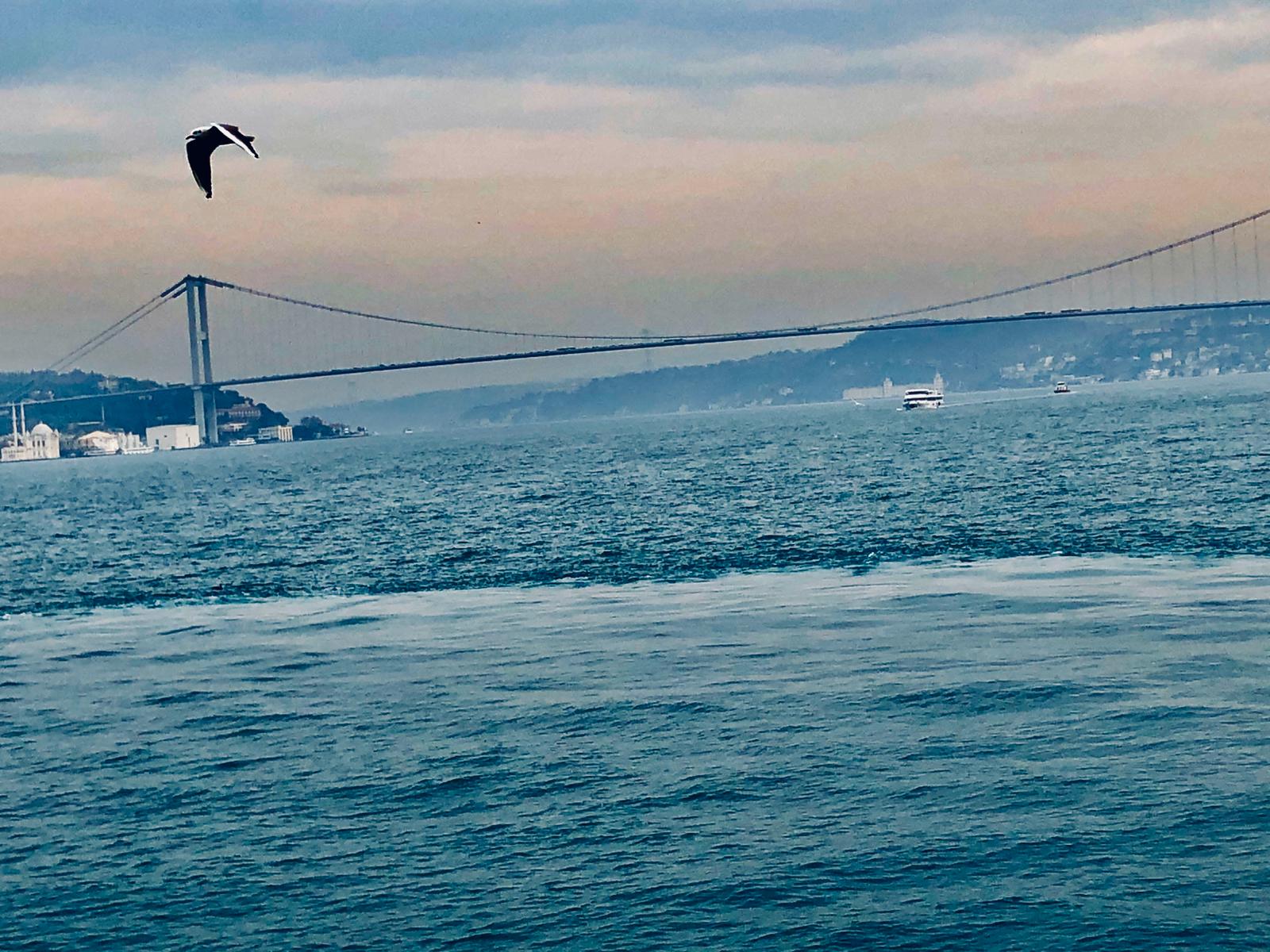Istanbul, a sprawling, bustling metropolis straddling two continents is truly a tale of two cities, that of east and west. The city, a favourite of Ian Fleming has served as a backdrop in Bond films such as From Russia with Love, Skyfall, is the place where east meets west, Christianity meets Islam, Calls to prayer and dance of the dervishes merges with Turkish pop and belly dance. It’s a place where history and myth complement each other and in this case, so does its unique geography.
The enchanting Bosphorous, a narrow strait, resembling a long elongated neck of a crane, connects Black sea with the Sea of Marmara. The meandering strait with more curves than a belly dancer, twists through the city, dividing its European and Asian side. As you cruise along the blue waters of Bosphorous and take in the summer palaces of the Ottoman sultans, the luxurious villas of the rich and famous dotted along its both European and Asian shore, the three suspension bridges connecting the east and the west, half millennium old fortress, you can’t help musing that this is also the waters celebrated in the Greek myths, a road routinely traversed by the gods and goddesses.
My young tour guide Nur gave me the most interesting story in Greek mythology on Bosphorous. In ancient Greek Bosphorous means cows passage/ford and has an interesting myth of a wandering goddess attached to it, which goes like this:
Zeus the lustful god with roving eyes and almost an insatiable libido found it difficult to resist beautiful maidens. Zeus fell in love with Io, the princess of Argos. Zeus obviously wanted to keep Hera in the dark and he covered the world with a thick blanket of clouds. Hera was no fool and she did not trust Zeus an iota but thoroughly enjoyed her power position of being the chief wife of the God of gods in the Greek pantheon. The clouds and the mist that Zeus created to hide Io from Hera, aroused suspicion in her. She came down from Mount Olympus and began dispersing the clouds. Zeus had to work fast and think of an alternative and he changed Io from a lovely maiden to a white cow so, as the clouds dispersed, Hera found Zeus standing next to a white cow. Zeus in his usual manner swore that he had never seen the cow before and that it had just sprang right out of the earth. Seeing right through this, Hera faked liking the cow so much that she wanted to have it as a present. As turning such a reasonable request down would have given the whole thing away, Zeus presented her with the cow. She sent the cow away and arranged Argus Panoptes to watch over it. Since Argus had a hundred eyes, he made for a fine watchman.
Zeus was desperate to free Io from Hera’s clutches. He sent Hermes disguised as a shepherd. Hermes had to employ all his skill as a musician and storyteller to gain Argus’ confidence and lull him to sleep. Once asleep, Hermes killed Argus; later, Hera took Argus’s eyes and set them into the tail of her favourite bird, the peacock.
With Argus dead Io was now free, but not quite. Hera’s relentless attack on Io continued. She sent the mother of all gadflies to sting the still bovine Io. The stinging flies drove Io and in order to escape them the cow-girl was forced to wander across miles of expanses of Europe and came to shore of this narrow strait which divides Europe and Asia. She crossed the water to escape Hera’s wrath and proceeded eastward to Egypt and this stretch of water which Io crossed is known to us as Bosphorous or cow’s passage/ford.
The second part of Io’s journey is even more interesting. Not only Io was chased by Hera, the ghost of Argus pursued her as well. This pushed her towards madness and in her efforts to escape, she wandered the world. During her journeys, she came across Prometheus. Prometheus predicted that although Io would have to wander for many years, she would eventually be changed back into human form and would bear a child. He predicted that a descendant of this child would be a great hero. This hero, although eleven generations removed was none other than the great Greek hero Heracles who set Prometheus free.
Did Io get back her human form as prophesied by Prometheus? Wandering through distant lands after crossing the Bosphorous, Io eventually reached Egypt where Zeus restored her to human from. Because of Io’s journeys, many geographical features were named after her, including the Ionian sea and she remains one of most travelled gods of antiquity, her wandering stories are a great read and gives an insight into her adaptive, assimilative power, for in Egypt she came to be associated with Isis, in Syria she came to be associated with the Syrian goddess Astarte.
Story collected by: Anuradha Dhar Bose
Location: Istanbul, Turkey
Image Credit: Anuradha Dhar Bose
